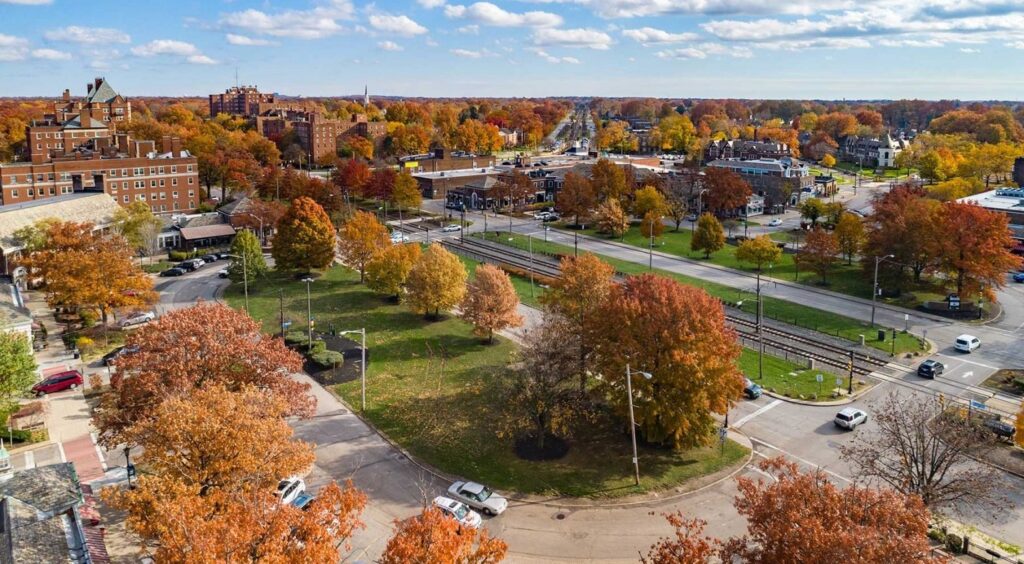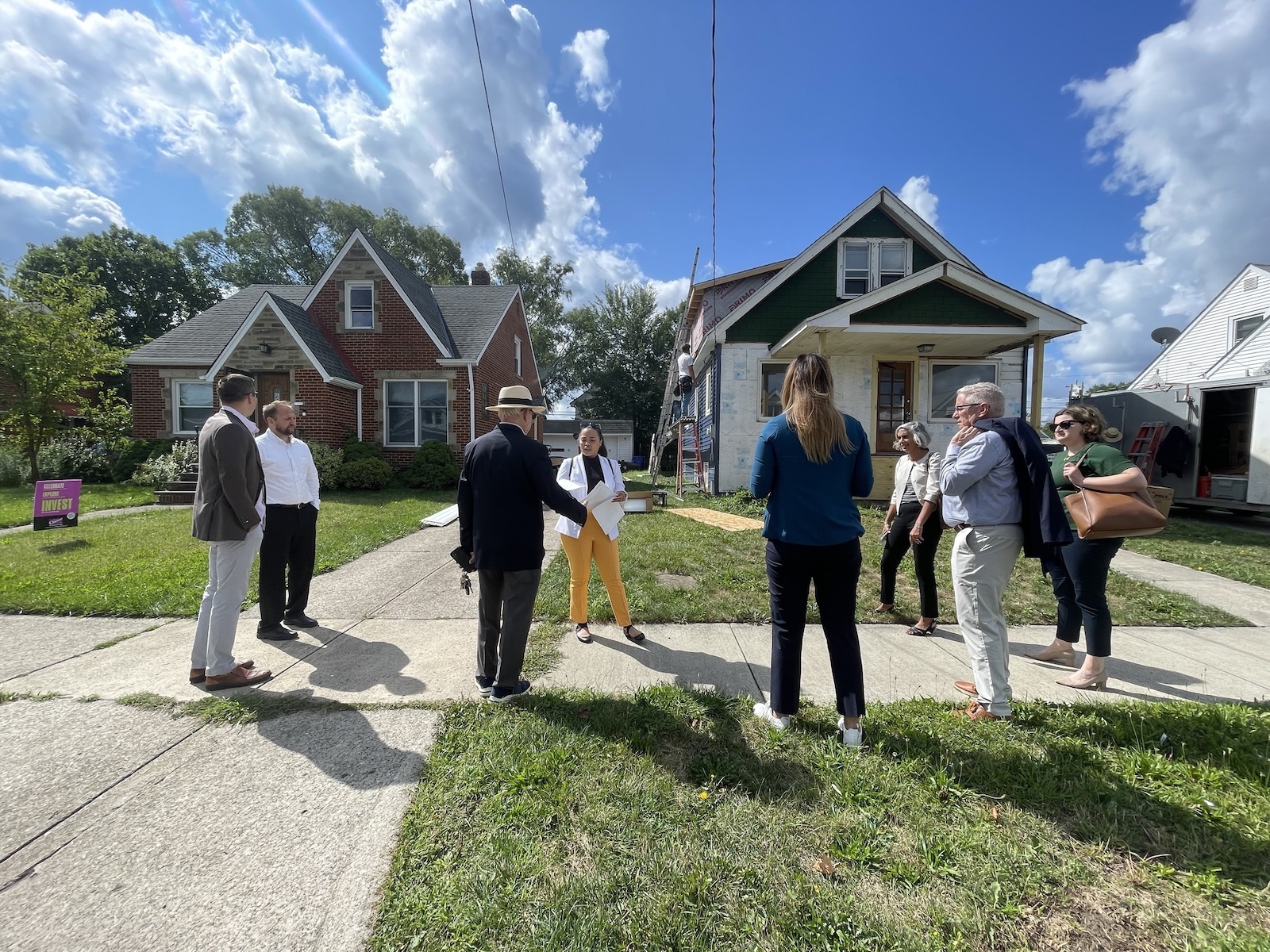Middle Neighborhoods Initiative
Our mission is to foster revitalization in Cleveland’s neighborhoods. We aim to enhance their economic success and appeal for both current residents and future generations. Our commitment extends to neighborhoods such as Collinwood, Lee-Harvard, West Park, and Old Brooklyn, recognizing the pivotal role they play in shaping the city’s landscape as middle neighborhoods. Through strategic initiatives and collaborative partnerships, we are creating sustainable solutions that uplift these neighborhoods and empower residents to thrive.
The Middle Neighborhoods Initiative (MNI) seeks to dramatically impact the economic opportunities available to residents of Cleveland. This multi-pronged strategy will focus on stabilizing housing markets and commercial districts in Cleveland’s middle neighborhoods. Cleveland’s middle neighborhoods face a unique challenge: they do not get the attention of “hot” real estate markets, where the housing market is healthy, nor are they often eligible for large public investments like disinvested neighborhoods that need massive intervention to change unhealthy market conditions.
The Middle Neighborhoods Initiative will acquire and rehabilitate approximately 200 homes and provide commercial property and business owners with white box and storefront renovation funding in six of Cleveland’s middle neighborhoods. This investment is likely the largest targeted strategy in middle neighborhoods in the United States.
Shaker Square

As the second oldest planned shopping center in the United States, Cleveland’s Shaker Square is a living piece of history that has radiated charm since 1929. The Square’s timeless elegance reflects the ideals of the City Beautiful movement, blending residential, retail, and green spaces. The Square’s transit access is another hallmark of its heritage – served by the RTA Blue and Green Lines, it connects Clevelanders seamlessly to downtown and beyond.
In 2022, a pivotal move was made to keep this historic retail destination in the hands of local owners who know and are committed to serving the community here. Since August 2022, Shaker Square has been jointly owned by CNP’s subsidiary New Village Corporation and the local CDC, Burten, Bell, Carr Development Inc. (BBC). These two nonprofits, in partnership with FASS Real Estate Services, maintain the property and pursue development opportunities that bring economic vitality to the shopping center while preserving its historical roots and community ties. Keeping ownership of Shaker Square in local hands was made possible with the support of the City of Cleveland, which approved $12 million in low-interest loans to CNP and BBC. Cleveland Mayor Justin Bibb and Councilwoman Deborah Gray, who represents Shaker Square, have prioritized efforts to revitalize the neighborhood
CNP and BBC have made more than $5 million in capital investments and launched a comprehensive, community-driven Vision Plan for Shaker Square. Through this Vision Plan, the voices of our neighborhoods have been platformed and amplified. Conversations with the surrounding communities illuminated a clear direction for the tenants we seek to become a part of the Shaker Square family.

